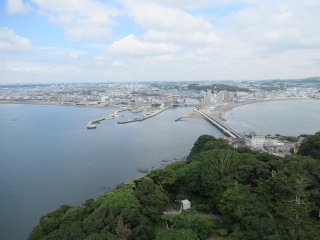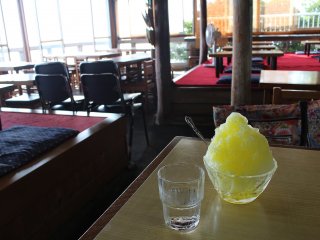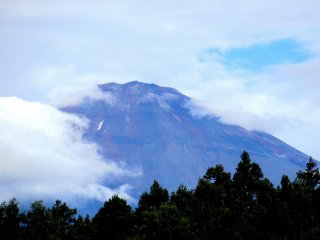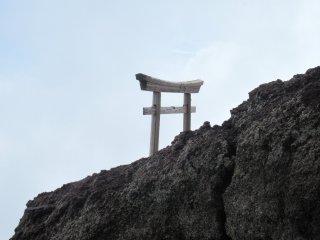Summer in Japan may be hot and humid, but there are many things that can only be seen and experience during summer.
Ocean, seas and beaches
One advantage of a summer trip is its combination of recreation and culture. Japan is a group of islands washed by seas and oceans from all sides. Experiencing these shores is something special and where there are no beaches, ports offer significant appeal.
Not far from Tokyo, you can find the beaches of Kamakura, Enoshima and Chiba, while in Tokyo itself lies Odaiba. For those who like a relaxing holiday, you can try places like Ito, Hamamatsu or Tottori. Aquariums are often located near the ocean or the sea, which are great for families.
Museums and gardens
Travelling in a country with a rich culture, it may seem strange to spend your whole trip at the beach. On the hotter summer days, visiting museums is not only knowledge, but thanks to how cool they are inside, salvation too. Museums like the TeamLab Borderless Digital Art Museum, the Studio GHIBLI Museum, the Edo-Tokyo History Museum, and the Doll Museum in Yokohama cater for all tastes, making a museum visit great value.
As for Japanese gardens, they are works of art and an important element of the country's culture. A traditional garden is a must-visit for anyone interested in the aesthetics of Japan. Seasonal flowers abound in summer, such as hydrangea and a magnificent lotus and in any green patch, you will hear the crackling of cicadas – the iconic sound of Japanese summer.
Festivals and fireworks
Summer in Japan is also a time of festivals, during which the spirit of the country can really be felt. Festival preparations begin far in advance, helping to serve as a spiritual unity of people, and include costumes, hats, lanterns, dolls, and all manner of regional accessories. The preservation of traditions and respect for ancestors are very important for the Japanese and festivals help express these feelings perhaps much more overtly than the usual everyday.
During festivals, people really let go and have fun singing dancing. During the festivals, traditional dishes such as takoyaki and okonomiyaki are available. Fish may be prepared in different ways and sweets, too, are everywhere in the festival stalls. Many festivals end with fireworks, but often fireworks, or 'hanabi' in Japanese, exist on their own as independent events.
Mt. Fuji
The Mt. Fuji volcano is one of Japan's major iconic symbols. Many tourists certainly want to see it and summer is the only time to climb it. In summer, without snow on its summit, Mt. Fuji appears quite different from the more classic views. The climbing season is usually from early July to mid-September with a number of trails available. While definitely accessible, Mt. Fuji does require a bit of planning - it's more difficult than it looks but well worth the effort.
So, summer is a great time to travel around Japan!
The Japan Travel website contains a calendar of events and other events for each month of the year.

































































That being said, I do enjoy the vibrancy of the greens and the occasional trip to the beach.
One benefit I noticed is that the humidity or the perspiration from the high heat or both make my skin glow. Not from tanning. I'm covered up all the time.